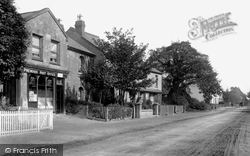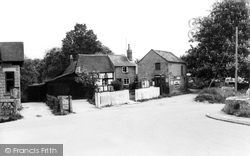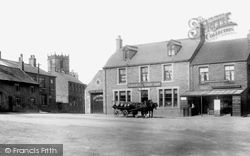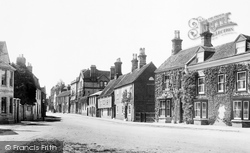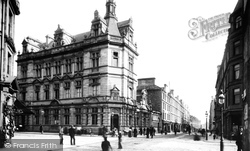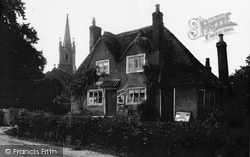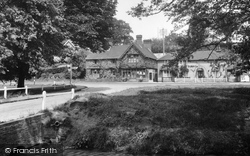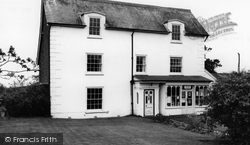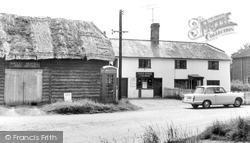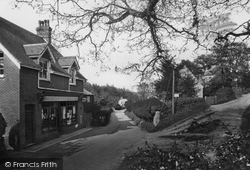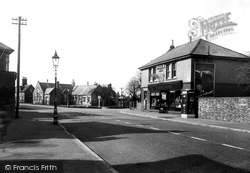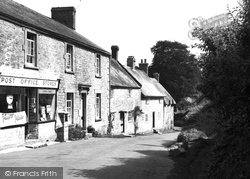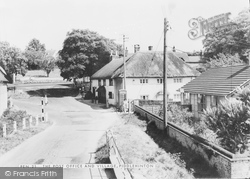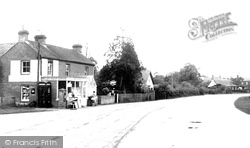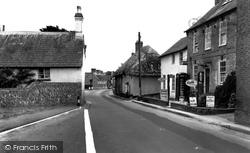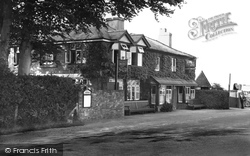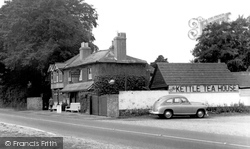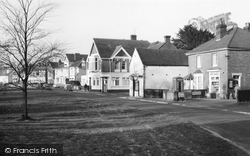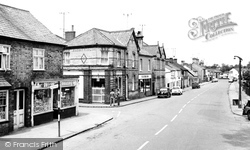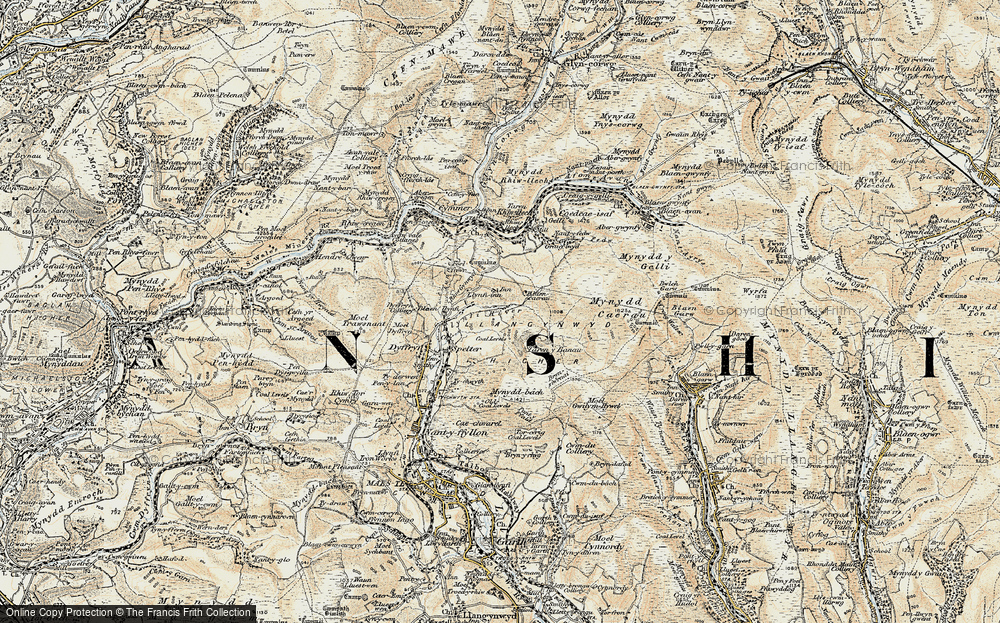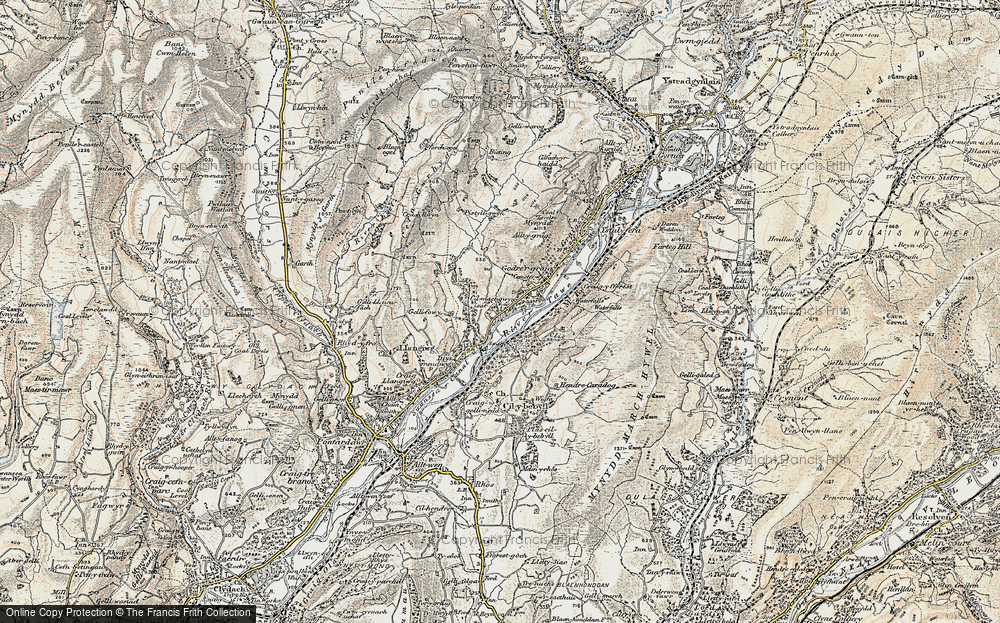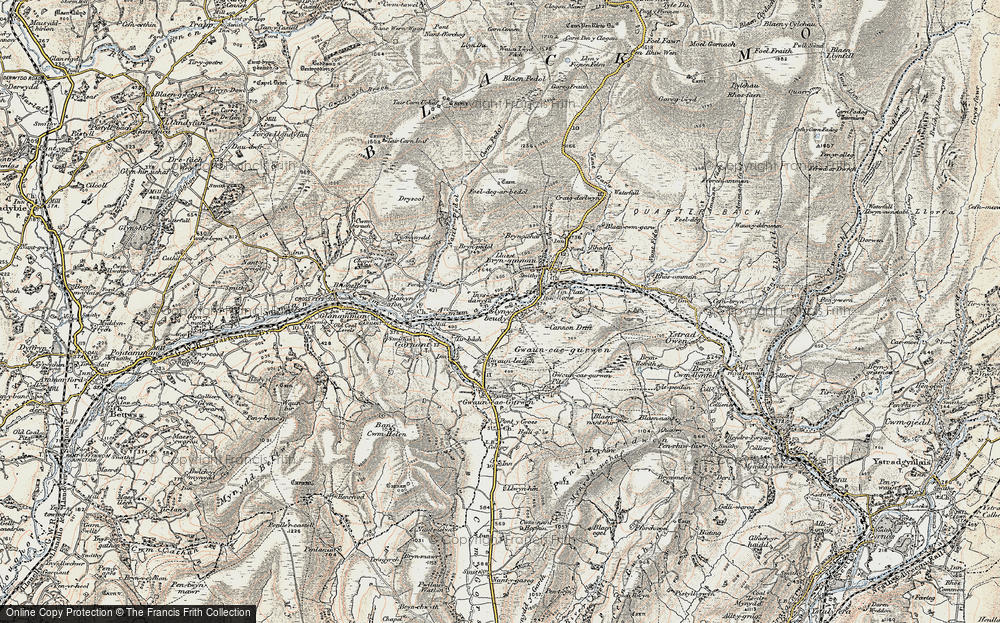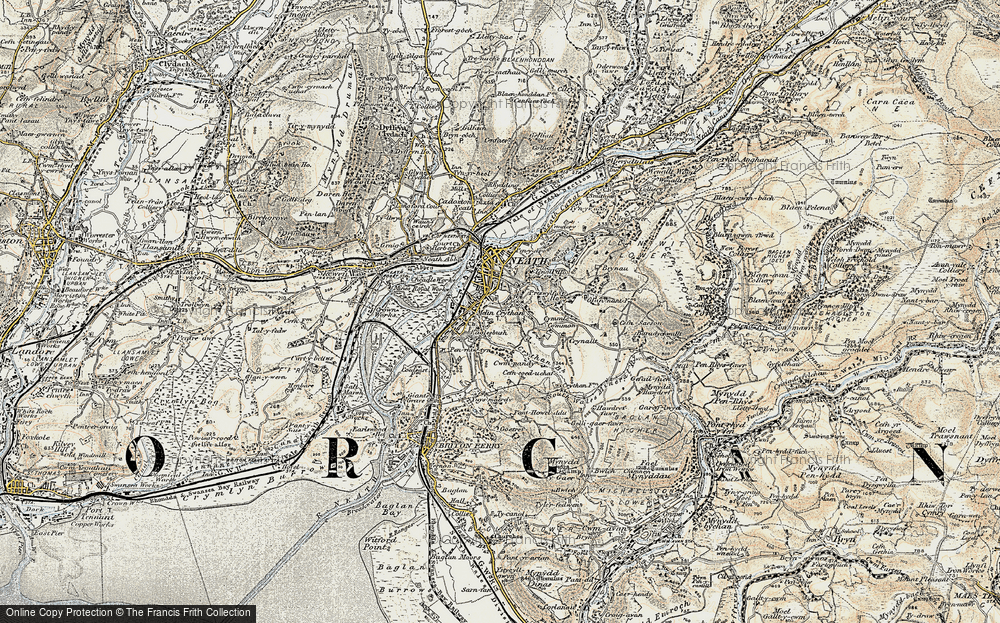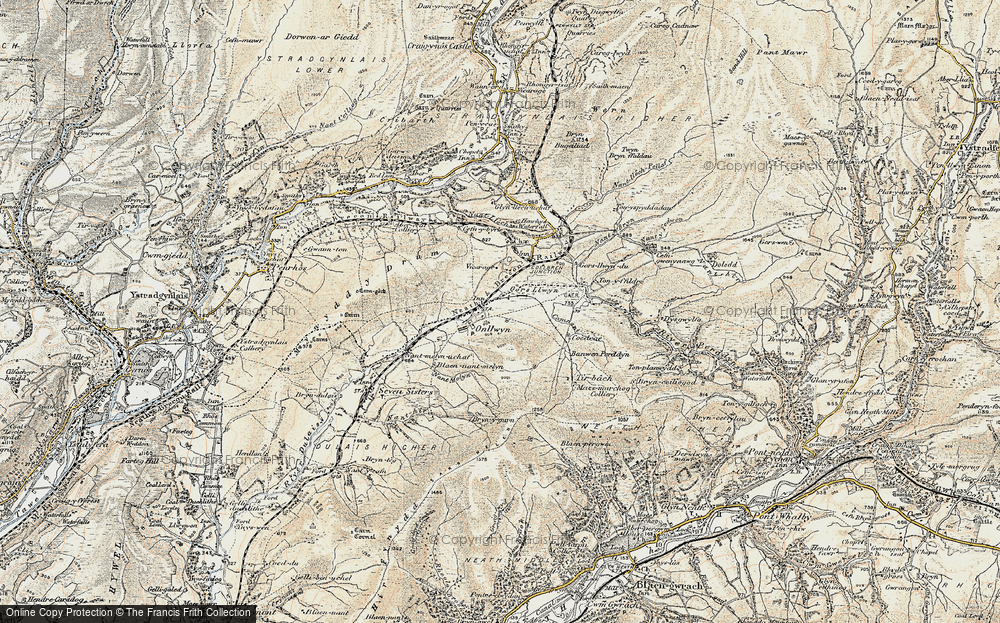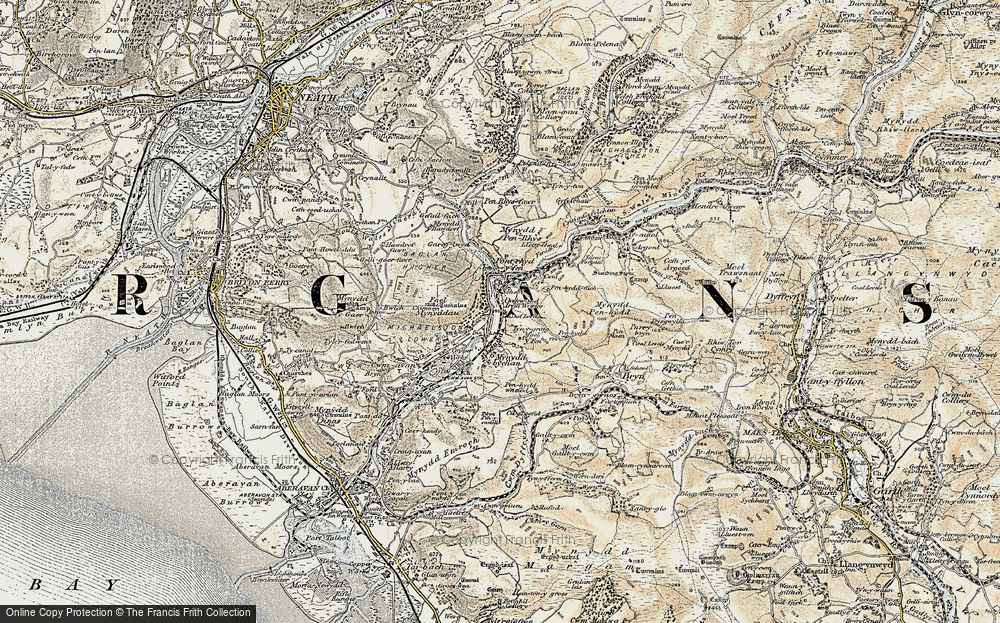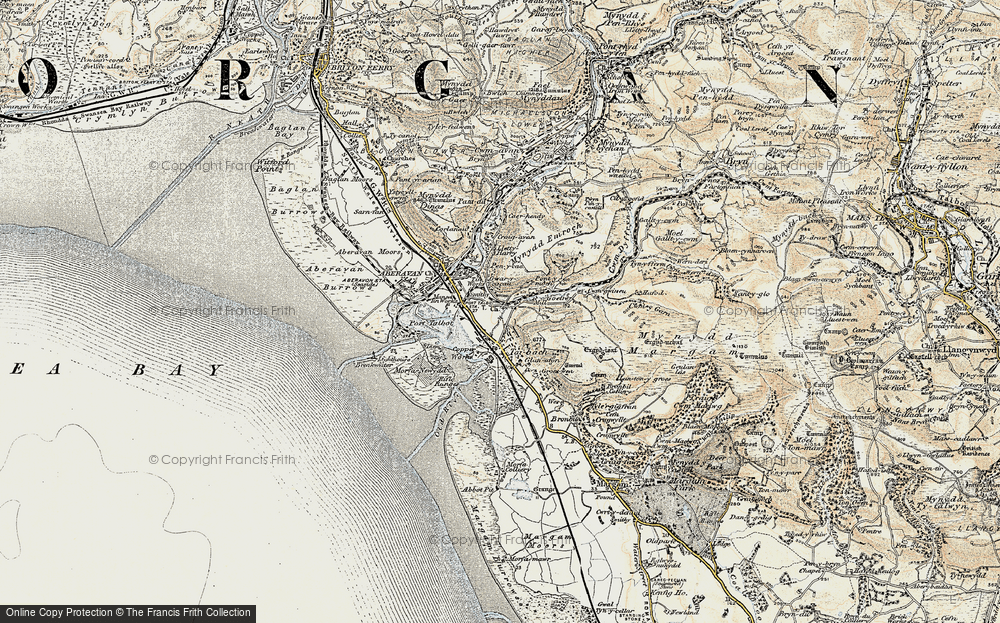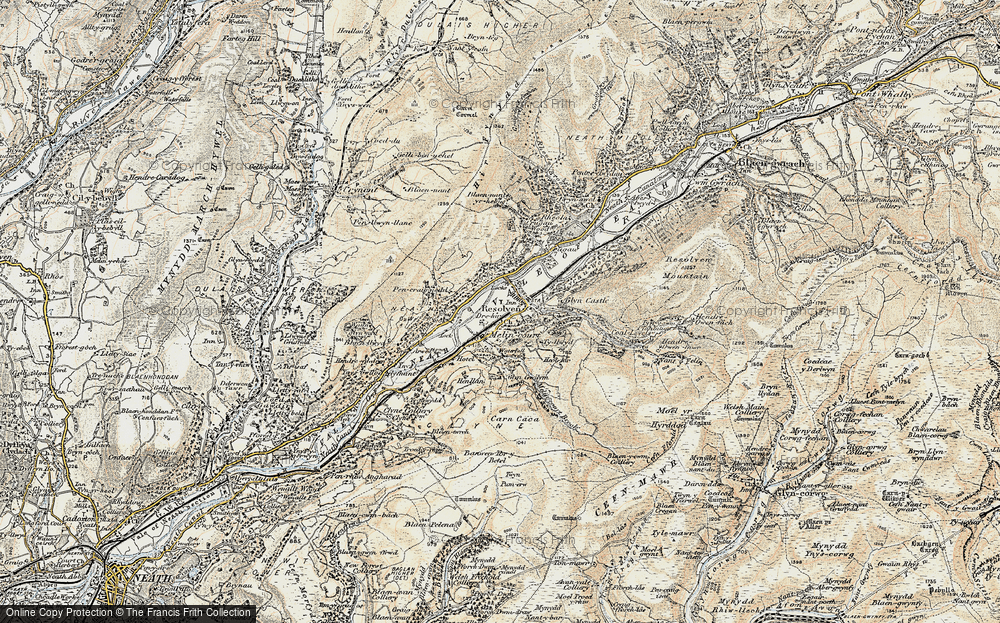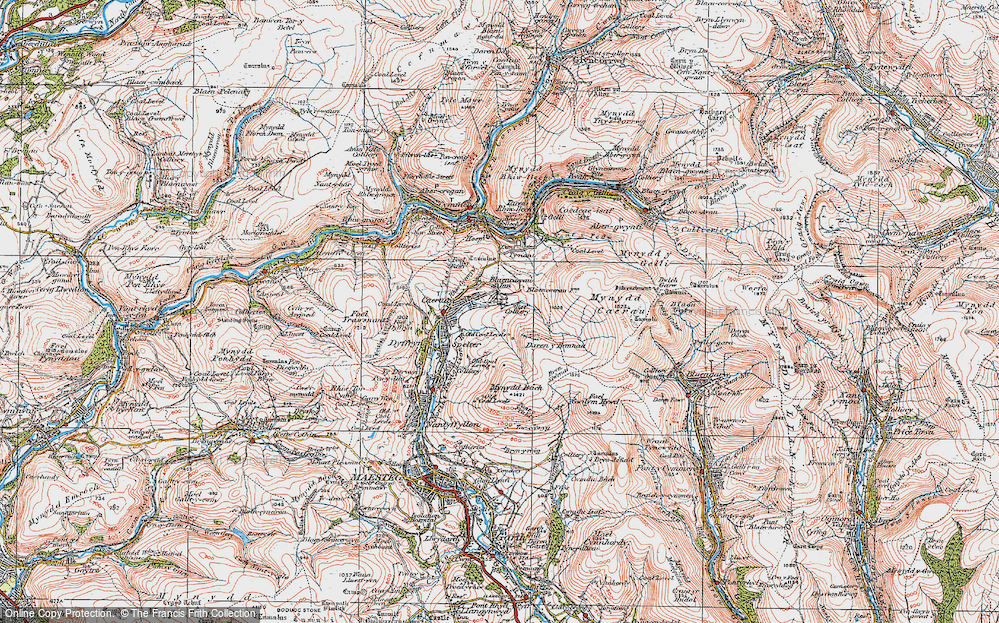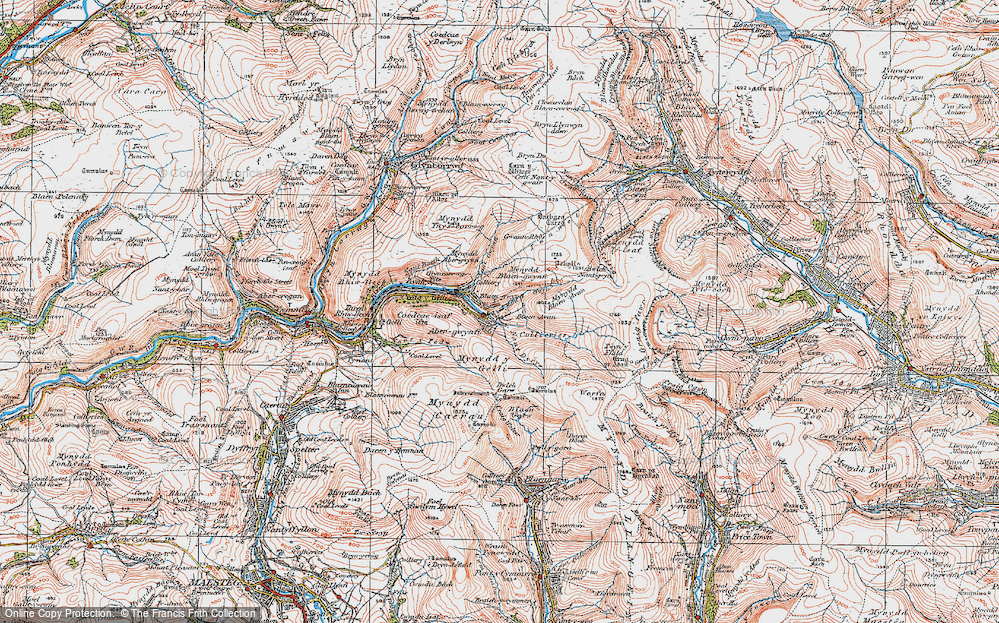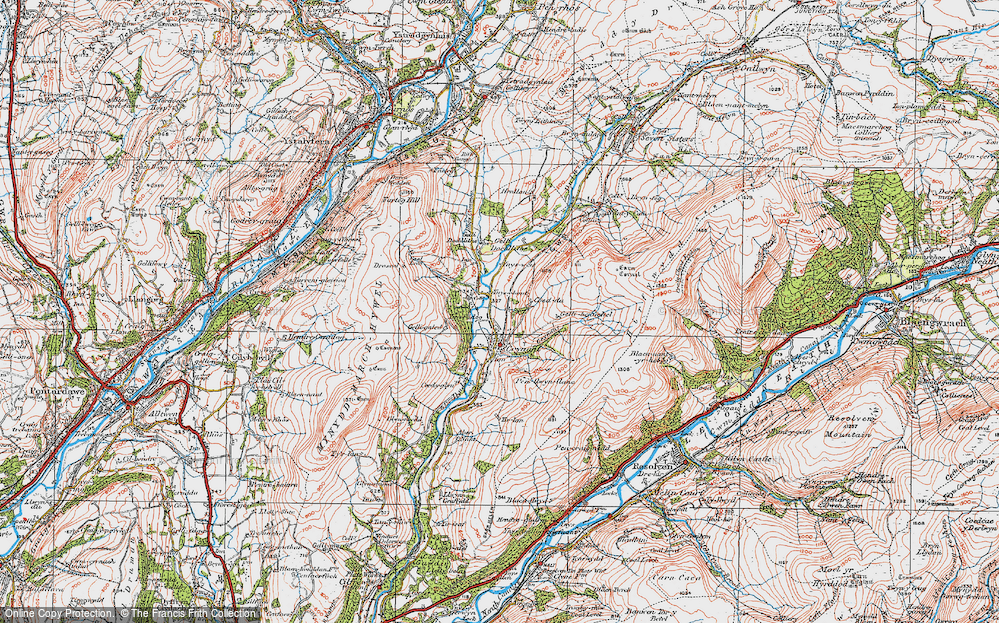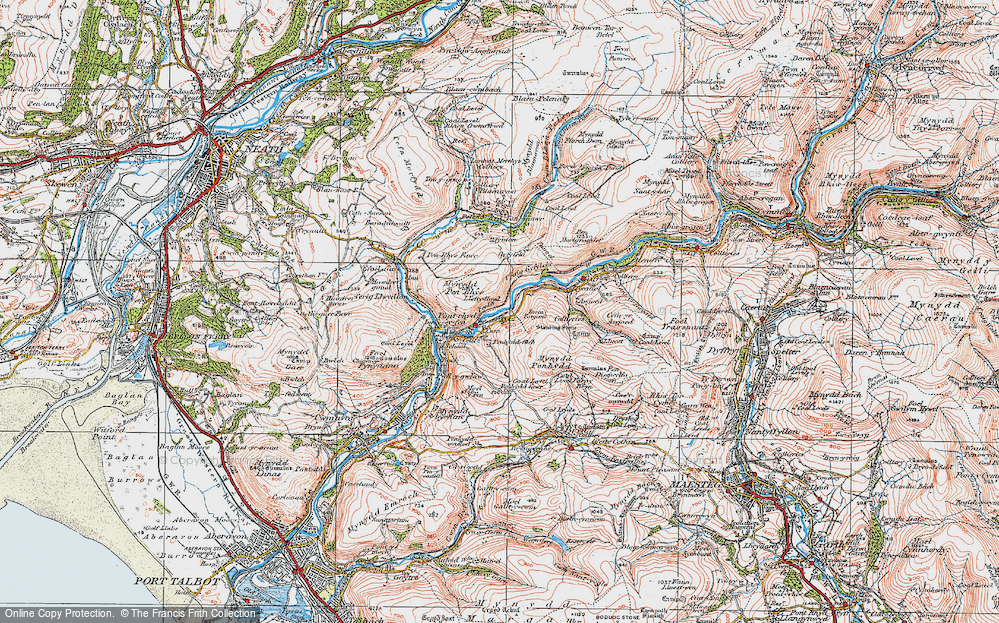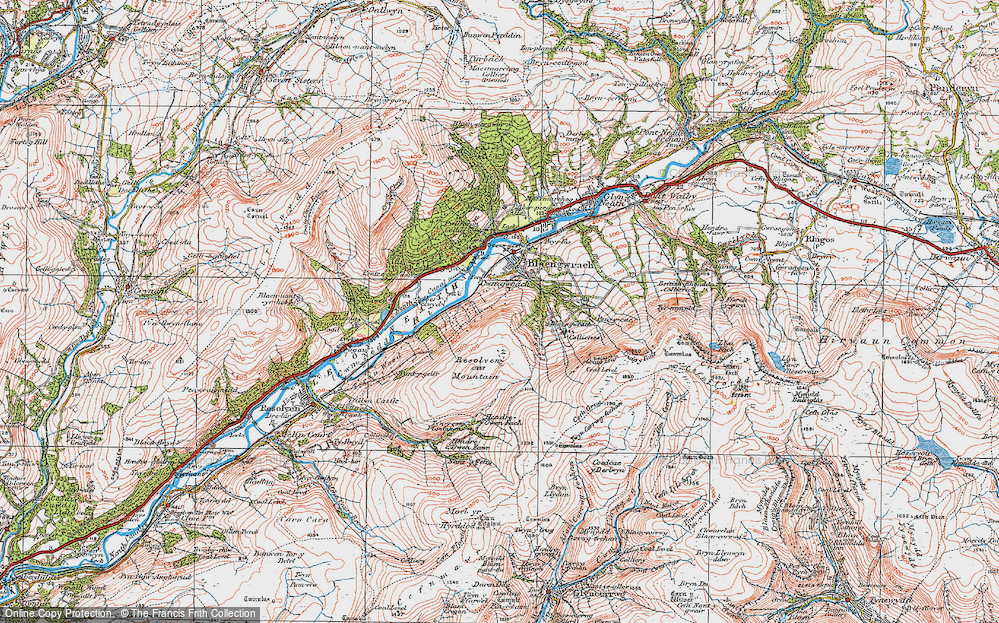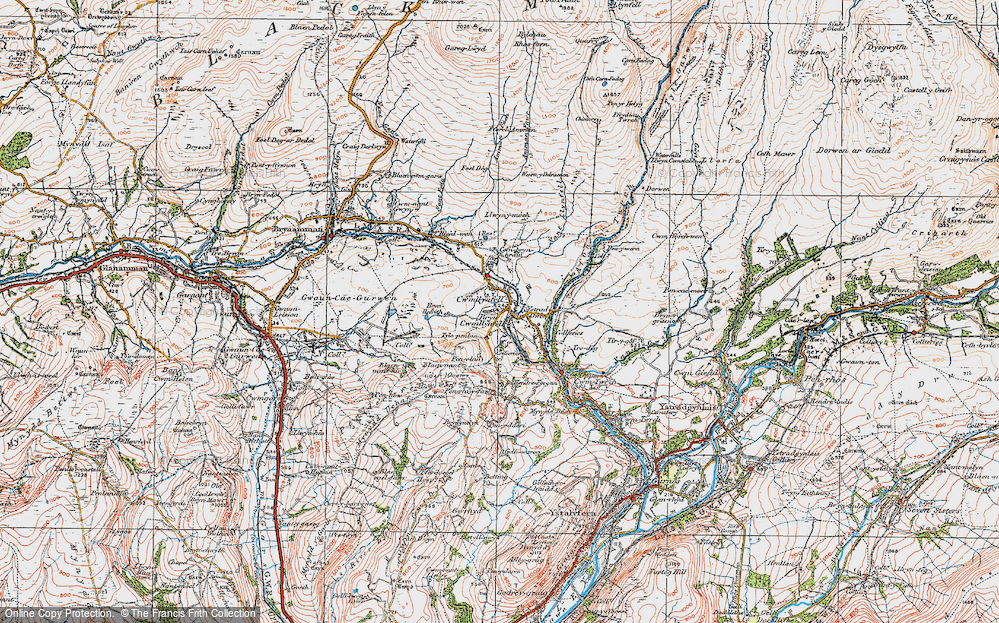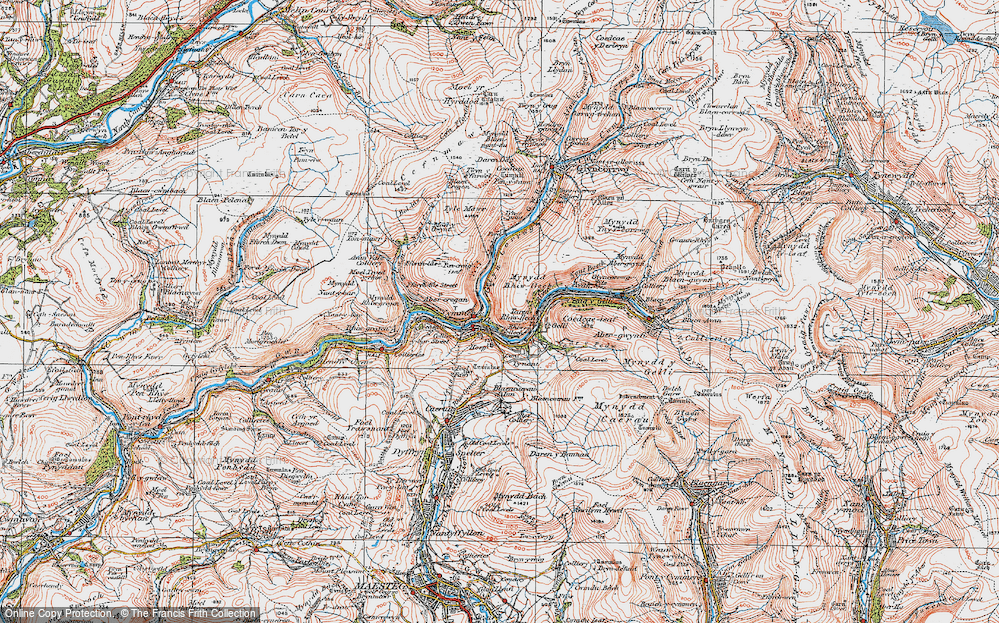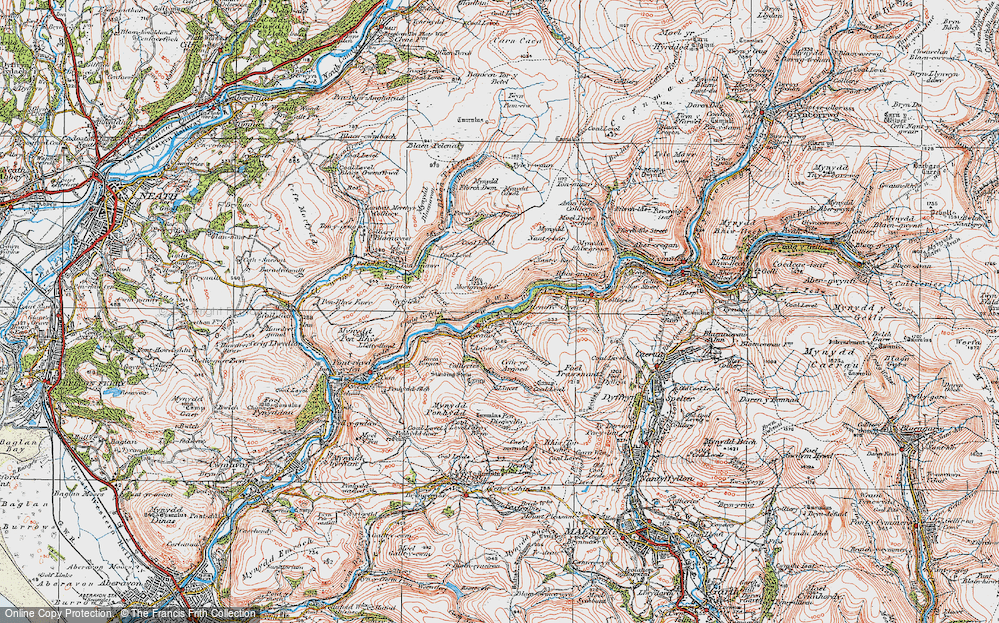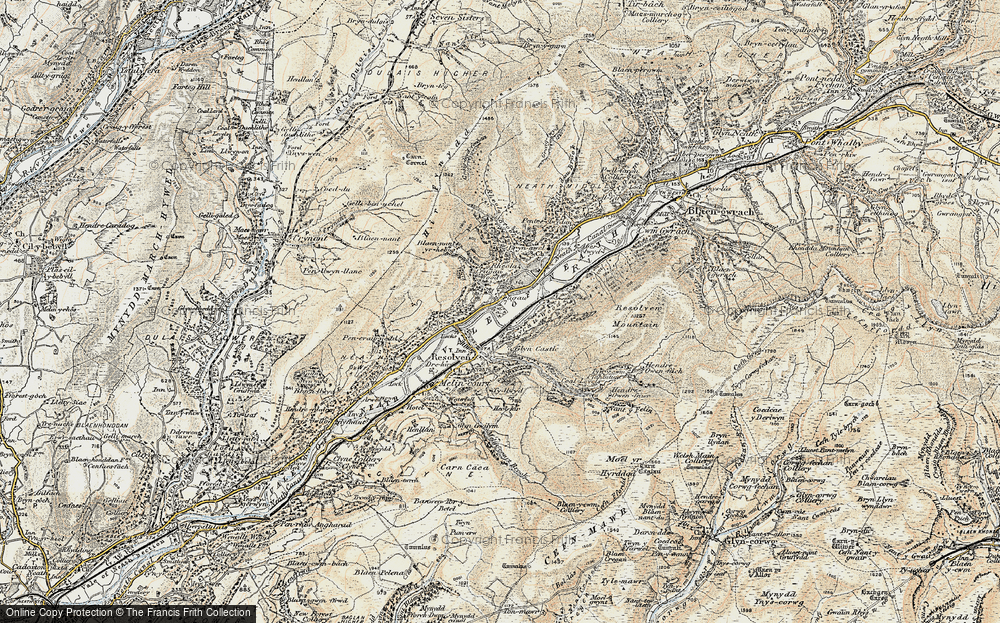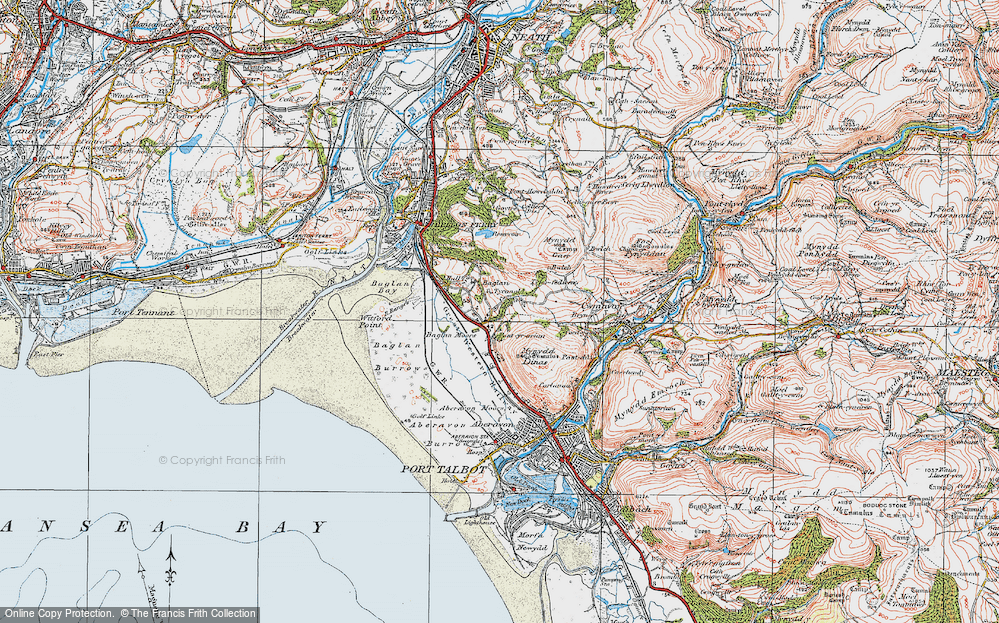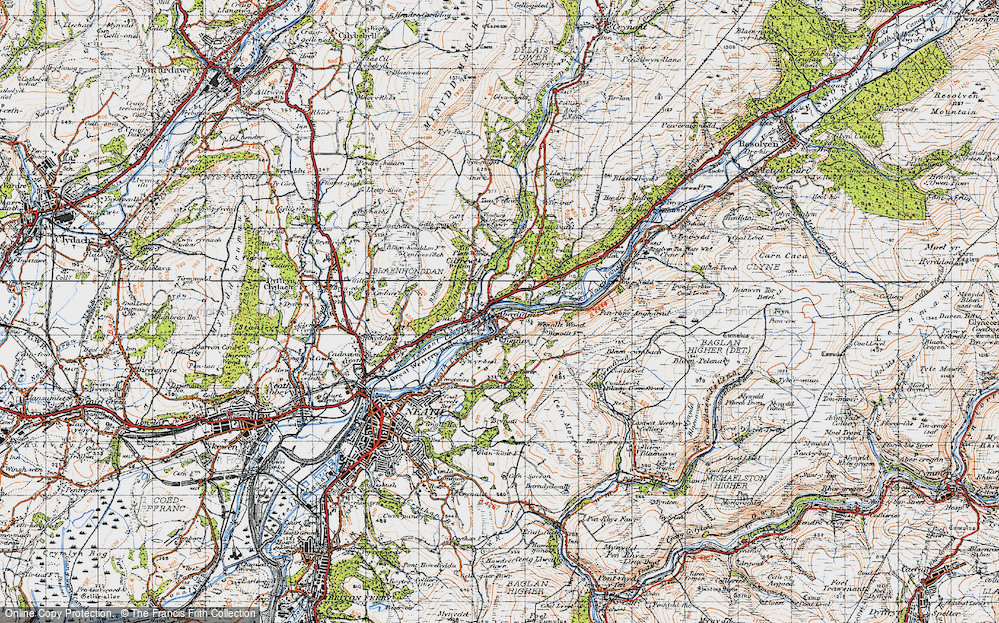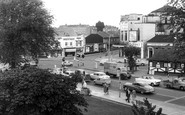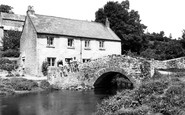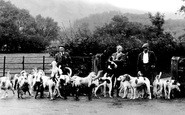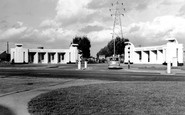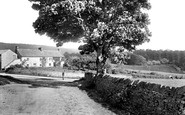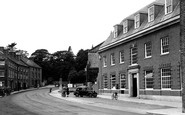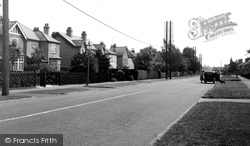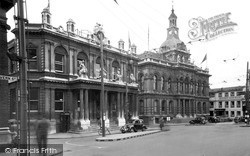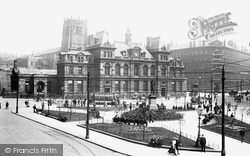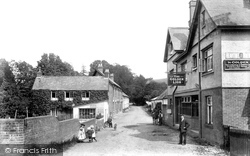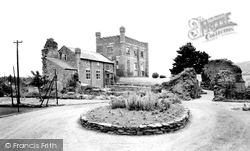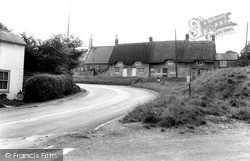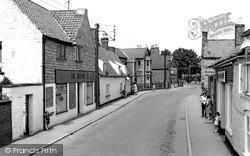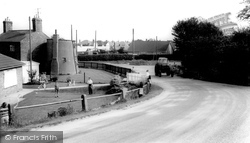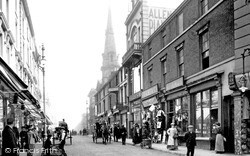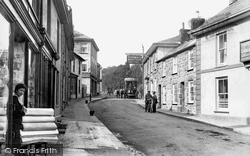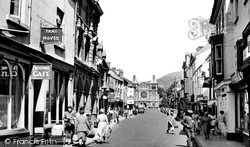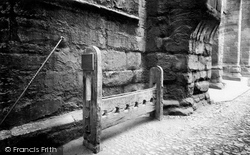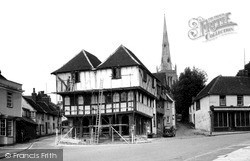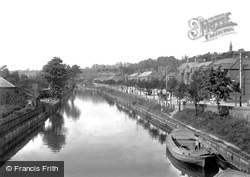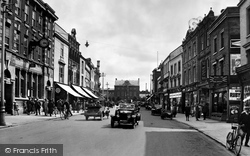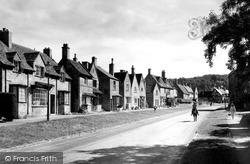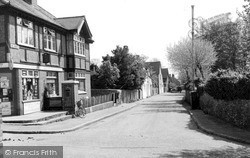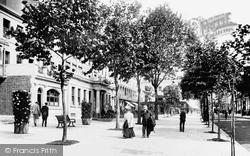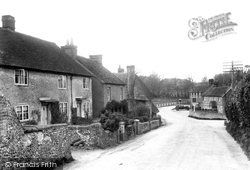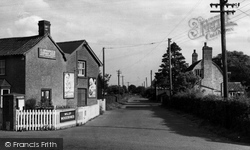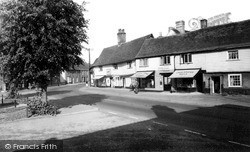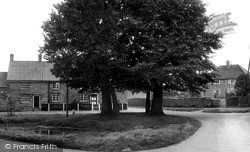Places
9 places found.
Those places high-lighted have photos. All locations may have maps, books and memories.
Photos
2,748 photos found. Showing results 501 to 520.
Maps
776 maps found.
Books
1 books found. Showing results 601 to 1.
Memories
2,736 memories found. Showing results 251 to 260.
Fair Green
I lived in that stange area of Mitcham known as Lonesome, situated between the level crossing at Eastfields and the bottom of Streatham Vale. It was a sort of 'No Man's Land'. My schooling from 1951- 1957 took place first at the wooden ...Read more
A memory of Mitcham in 1958 by
Growing Up In Dartford
I lived in Dartford from 1955 (born in West Hill Hospital) til 1977 when I moved to Wales. My dad was manager of the"Bacca Pouch" next to the old Post Office , and opposite the back entrance to the Co-op. He then had the ...Read more
A memory of Dartford in 1955 by
Happy Days At Mill Bridge
Hi to anyone looking at this photo, I lived just up the road at Valley Cottages and used to play by the bridge, we all sat on the bridge wall and had our photograph taken. I am on the right with wellington boots ...Read more
A memory of Bishop's Tawton in 1955 by
A Tiny Hamlet Lost In Time
The year was 1970. Myself and a friend were typical 15 year old youths of the time, well, typical for our type of neighborhood. We had long hair, pierced ears, denim jeans and jackets and owned but a couple of shillings ...Read more
A memory of Trelights in 1970 by
Palace How Lane End
I was brought up at Palace How and the gentleman with the moustache is my late father, Leslie Leo Cunningham. We had the village Post Office and my late mother, Mary Anne Cunningham, was the Postmistress - I have a show ...Read more
A memory of Loweswater by
Slough, Bucks And Denham Middlesex
I was born in Slough in 1938. It was in Buckinghamshire then. I eventually lived in Denham, Buckinghamshire (see my posting for Memories of Denham in the Middlesex listing). Since I left England in 1959, the ...Read more
A memory of Slough in 1955 by
Home Farm Marske
Home Farm has been in the Simpson family for many generations. My family and I spent many happy holidays over the years with my aunt and uncle, Lena and Maurice Simpson. I have such wonderful memories of haymaking, milking cows etc, ...Read more
A memory of Marske in 1951 by
A Gun Licence
While staying with my Uncle and Aunt in Uley during the school holidays, I bought an air-pistol. To be on the safe side I bought a Gun Licence from the Post Office in Dursley. Ken Cook
A memory of Dursley in 1954 by
Hinton Blewett 1945 1946
I first saw Hinton Blewett on a late September day when arriving at my prep school, Colchester House. This was housed in Hinton Blewett Manor, which was its wartime home. Its true home was in Clifton, Bristol but ...Read more
A memory of Hinton Blewett in 1945 by
The Ferries
There were 2 ferries in the mid-1950s when I was about 12. Clarke's as in the photo was a chain ferry and the cost was tuppence - ie 2 pence. The other ferry, Wilson's, opposite the church was pole driven and cost 1 penny. Some years ...Read more
A memory of Sunbury in 1955
Captions
1,653 captions found. Showing results 601 to 624.
The lampposts have changed, and the telephone cables and posts have disappeared. The houses do not appear to have changed, and even the grass verge is still in good condition.
The adjacent post office was erected in 1881, with statues of Industry, Electricity, Steam and Commerce standing below the Royal Arms.
In the distance the post office and house remain, but the next house has been demolished.
Lurking behind the post office is the parish church, which became a cathedral in 1919.
In 1909 the Post Office - the white building with the sloping roof - was destroyed by floods, and moved into the building next door.
The post-war tennis courts on the left are no longer there, and the grounds are now the venue for events such as open-air dramas and historical re-enactments.
Curl Brothers owned the huge shop on the right of the picture, which was floodlit at night by the eight lamp posts erected on the pavement. Curls was a popular forerunner of today's department stores.
Around the time this picture was taken, a number of post-medieval pottery kilns were found in the village.
In this view the Beehive shop and the dormered cottage beyond survive, but the buildings beyond have been rebuilt for Townsends and the Post Office.
Over the years it has lost one chimneystack. All the telegraph posts have also disappeared. The fence is more substantial now, as it is a tall green hedge.
As well as retail outlets and the main post office, there were a number of buildings along Queen Street which dated from the earlier decades of the 19th century, including the Mechanics’ Institute
Notice the tram (advertising the Cornish Post newspaper) parked at the terminus of the newly opened Camborne and Redruth Tramway - this small operation lasted until 1927.
On the right, next to the last parked vehicle, was the town's main post office before the current one was built in St John's Square.
The stocks, along with the pillory and the whipping post, were instruments of punishment at one time in use throughout England.
Controversially, he removed the plasterwork - thus exposing the timber-framing - and disposed of the 500-year- old arches between the posts on the ground floor.
The tall iron posts support the power wire. Amongst this modernity, there are still gas-fuelled street lights.
Looking back up North Street towards the Parade and Market House, with the Post Office on the left, as it still is today.
From about 1600 Broadway was a thriving staging post, and horse-drawn carriages by the dozen stopped here to feed and water en route from London to Worcester - a journey of more than 17 hours.
Several old houses still survive, and the general store and post office were built in the garden of one of them.
From 1874 until 1987 this was Cheltenham's main post office, and today it is a department store.
The name of the village and the river comes from the Meonware tribe, who were Jutish settlers of the post-Roman period. The Buck's Head pub can be seen on the right.
There is also a post box. This building stands on the corner of Barrack Street, and is now a private house.
The post office and the two houses to the right were originally one house of c1520. The next range to the left is also 16th-century; it contains Addisons' shop, which started in 1889.
To the right there is a pair of post war council houses, a typical development in most of our villages.
Places (9)
Photos (2748)
Memories (2736)
Books (1)
Maps (776)


